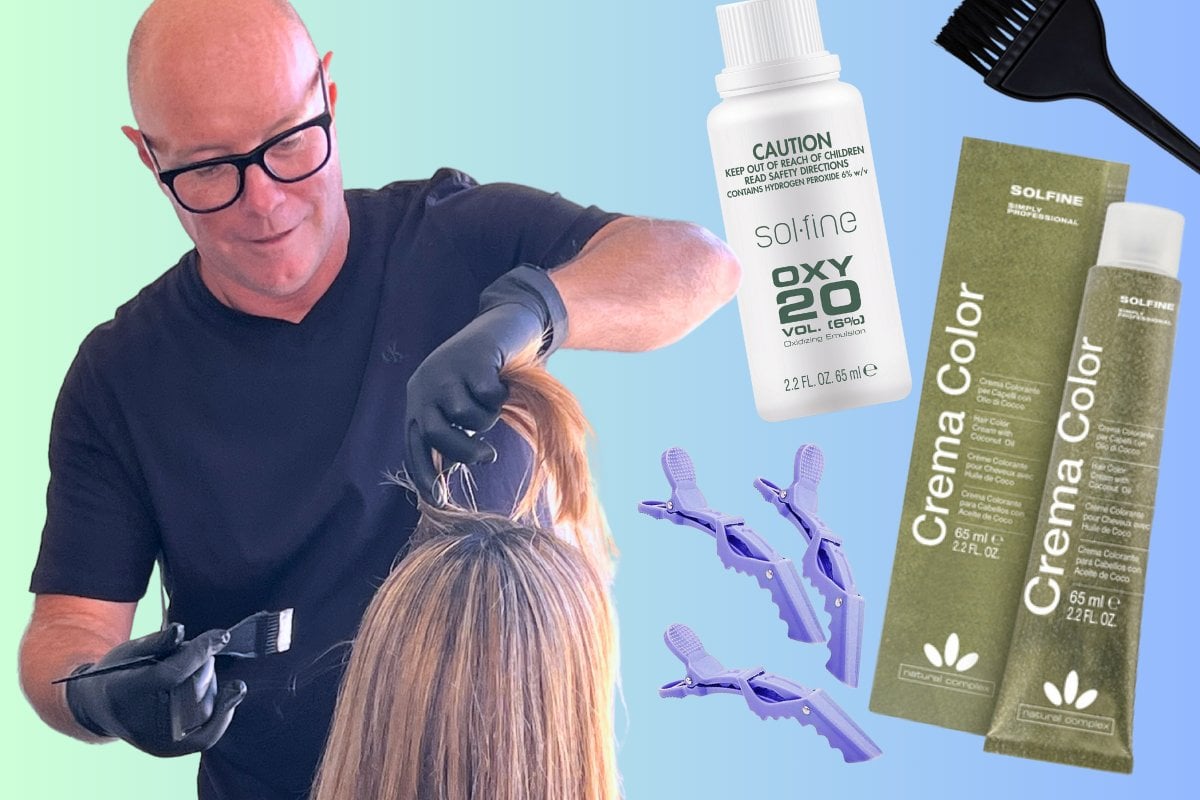

Whether it’s to save money (we’re looking at you, cost-of-living crisis), time, or just because you love doing things yourself, colouring hair at home has come a long way in recent years.
But there are certain things you need to do to get hair that looks exxy but has cost less than a work lunch out.
Luckily for you, we’ve asked the questions for you. Now, with the right products and these pro tips, you’ll be sashaying out of your own bathroom with colour so fresh it’ll look like you had it done at the salon.
Start with the end in mind
A key component of getting that post-salon shine at home is picking a product that does two things: “It needs to achieve the colour you want but also ensure that the hair is in the most beautiful, pristine condition during the colouring process,” says Duncan Richards, qualified hairdresser and National Education Manager AUS/NZ for Solfine Crema Color.
“If you can protect hair during that process, the colour can last longer and the hair can be shinier and healthier for the life of the colour.”
Duncan recommends Solfine Crema Color’s new formula with organic ingredients for the job. The high-quality Italian brand, available at Priceline, features “hyaluronic acid, which absorbs into the hair and offers nourishing and moisturising benefits. Coconut oil, which gives the hair malleability and extra shine. And helichrysum and flax, which have amazing antioxidant properties to ensure your colour doesn’t fade as quickly,” says Duncan.
Top Comments